New Year commemorations differ, countries develop traditions
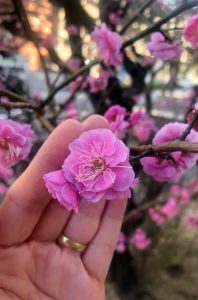
First-year Feather reporter and AmeriStudent, Thy Pham-Nguyen is originally from Ho Chi Minh City, Vietnam. The senior international student plans on attending Fresno State in the fall.
Another year has passed and America begins to rush again, busy wrapping up the festivities of the new year. However, in Eastern Asia, people anticipate two New Year celebrations: New Year’s Eve and Lunar New Year’s Eve, unlike the singular New Year celebration many western countries participate in, Jan. 1.
The first difference between New Year’s Eve and Lunar New Year’s Eve is the day of celebration. Western countries often consider January 1 on the solar calendar as the start of a new year. Meanwhile eastern countries, including Vietnam, often use the lunar calendar, meaning the new year will start later between January and February.
To celebrate the Lunar New Year, there are common activities that people participate in such as fireworks, good wishes, home decoration and cooking traditional dishes such as boiled chicken or braised meat while worshiping ancestors to pay respect.
In addition, everyone in the family will clean the house together, tidy up and decorate with spring images. Culturally many Asian people identify dust and rubbish with the bad luck of the old year that should be thrown away so they can welcome the new year with good luck.
The tradition of burning incense on ancestral altars and praying for a peaceful new year takes place on the first day. People usually go to a temple or church and visit relatives and friends to celebrate. Children receive ‘lucky’ money from adults to mark a new age.
In general, eastern countries each have individual, special festivals and meaningful practices in the new year, in addition to traditional celebrations on the Lunar New Year.
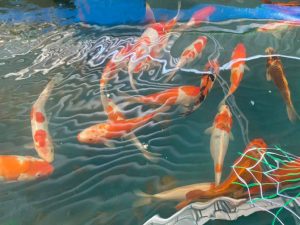
On New Year’s Day in Hong Kong there are three typical festivals representing the culture of the country: a firework festival, New Year festival and early spring horse racing festival.
Cambodian people celebrate Chol Chnam Thmay as a major celebration. This signifies that a new god will be sent to earth to replace the position of the old god to take care of people’s lives that year. Also at this time, families usually burn incense on an altar.
In Thailand during the Songkran festival, young people will splash water on adults to show their respect. The older generation expects young people to ignore unpleasant, grumpy words. Next, they tie a small rope to a kid’s wrist like a prayer ritual.
It is known that the New Year in India begins on Oct. 31 and lasts for five days. It is often called the Diwali festival (Light Festival). This is considered one of the biggest and most famous festivals of Indians. It is meant to mark the end of the cold, harsh winter and to welcome a fresh, warm spring. In particular, people here still think that the sunshine of spring will dispel the cold of winter just like good will defeat evil.
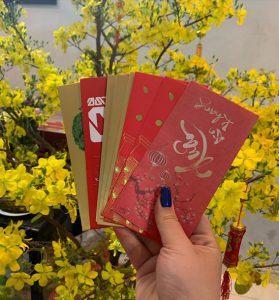
The festival is an interwoven combination of rituals and rich religions such as Muslims and Hindus. At the time of the ceremony, all over the country of India will be lit by the torches. If Thailand is famous for the Songkran water festival, India is no less popular for the Holi festival that brings about youth, vitality and abundant crops.
Everyone mixes colored powder with water to apply on their faces, throwing pigments and balls containing colored solutions at others while shouting and singing.
There is also a Lunar New Year celebration in Korea known as Seollal. On New Year’s Eve, people burn bamboo rods indoors to ward off evil spirits. In addition, on New Year’s Eve, Koreans often do not sleep, they think that if they fall asleep, their minds will be dull and their eyebrows will turn white.
One of the special things this holiday in “Kimchi country” brings is that on the morning of the first day of the Lunar New Year, everyone wears Hanbok to perform ancestor worship rituals.
This ritual, called chesa, is performed by the eldest son in the house. On the table in the middle of the house there will be worship offerings, rice wine and ancestral tablets written with paper to burn after worshiping, plus rice cake soup and spicy kimchi.
On the morning of the first day of the Lunar New Year, people in North Korea wake up very early, prepare clothes to prepare for Tet and gather with the oldest man in the house to celebrate Cha-rye ceremony. After that, they eat Ttok-kuk together according to Korean customs.
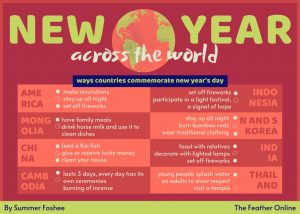
Tsagaan Sar is the name of the Lunar New Year in Mongolia. This is also the occasion to signal the end of a cold winter and the beginning of a warm spring. The occasion is from the first to the third of the lunar calendar.
A Mongolian ritual that takes place before New Year’s Eve is that all men must go to the mountains or hills to pray. Once they are done, they will choose a course that is suitable for them on their horoscope. This is done according to the concept that if they go in the right direction they will have luck and success.
The meaning of the New Year reunion is also fully expressed by the family members eating family meals together. Mongolian people will have the typical dishes of rice and raisins, rice and curd and roast lamb.
They will also use horse milk to clean dishes, eat dishes with horse milk and drink tea. This is considered a custom to wash away the sins of the old year.
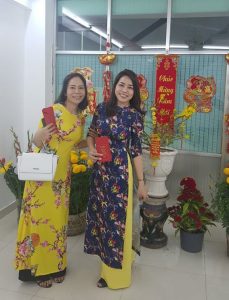
For Indonesian people, the tradition of celebrating the Lunar New Year brings deep spiritual value, helping them to believe in a good life when the new year comes. As Lunar New Year’s Eve comes around, Indonesians celebrate at temples and churches based on location.
Meanwhile, westerners meet in parks, squares or houses to count down the start of the new year. After that they’ll go out for a walk or eat together. Because this holiday only lasts two to three days, people have less time off than in the east.
For westerners, the new year means a new start and everyone tries to be better in the new year. Eastern people contrast this as they try to abstain from “bad luck” throughout the year such as avoiding arguing.
A custom unique to westerners is the practice of writing down promises, goals and resolutions for the new year. These promises can be as simple as resolving to lose weight or get good grades, or something as noble as doing acts of service for mankind.
Have you ever celebrated the New Year in a different country? Let us know in the comments below!
For more articles, read COLUMN: Chinese international student talks press for education and 7th annual serve day aids community through student service.
Thy Pham can be reached via email.

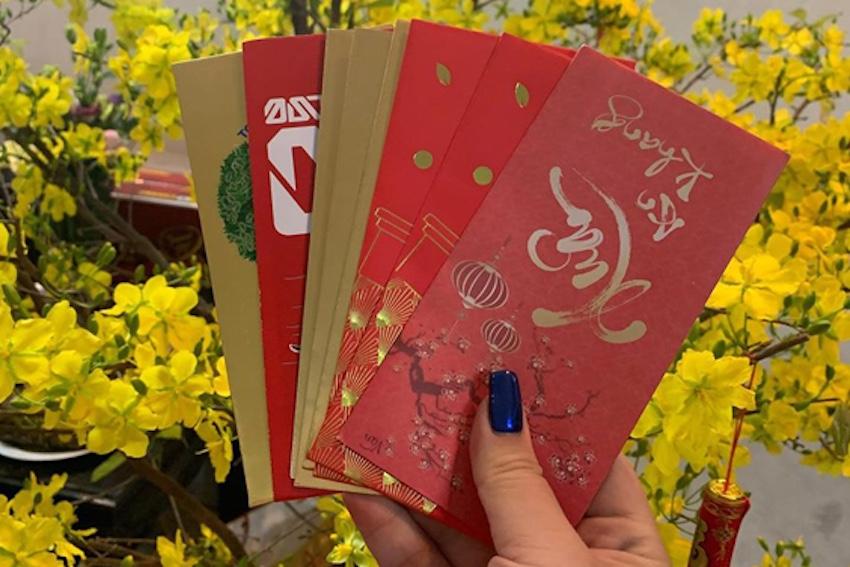

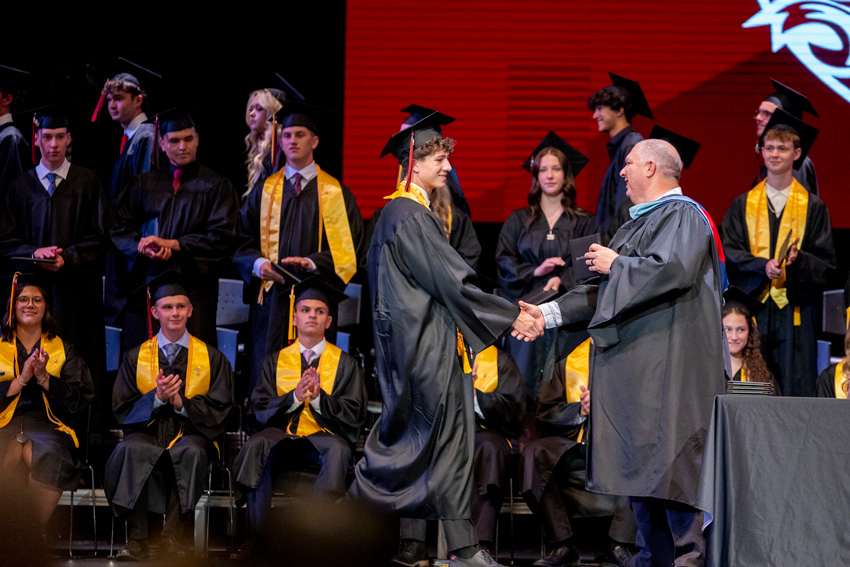

Serena Zhao • Feb 28, 2020 at 8:23 am
Nice article Thy! So interesting to see how other countries celebrate New Year!